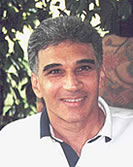Contrary to popular thinking, technical skills are not a major factor in the process of learning tennis. In fact, most of the time they are a hindrance! Yes, for some simple procedures some guidance is necessary, like swing your racket low to high for topspin and high to low for slice. Practicing the use of the body shoulder rotation whenever you hit the ball is acceptable. That is, if you have the discipline to spend time practicing these simple procedures again and again and again. Beyond that, there is not much to the technical skills! Repetition will mold most of the groundstroke skills without overdoing the technical.
Most players learn techniques to resolve symptoms of a problem, not causes. This seems to be a hard pill to swallow. Coaches and players want concrete, black-and-white information. It is more comforting to think that they missed because they took their eye off the ball, they didn't take the racket back, they were not balanced, their weight wasn't forward, etc. The players want to place the blame on a technique to ease the pain of failure.
Let's examine two necessary technical skills that are being taught as techniques: "Be balanced" and "Get your racket back quickly!"
BE SENSIBLE - HAVE A SENSE OF BALANCE
The other day I heard one of the pros at the club say to a player, "Be balanced when you hit that shot." I racked my brain to figure out what exactly that means! Is there some kind of body position that determines balance? If your feet are exactly this way or that way then are you balanced? In professional matches pros are diving and falling all over the place when they hit shots. Does this mean they are not balanced? Yes, they are balanced -- they have a SENSE of balance.
The answer to this conundrum lies in what balance really is and how balance develops. Balance is first and foremost a sense. It's not a technique, it's not a position, it's not a certain look. If you are off-balance when you hit a particular shot, this is just a symptom of an undeveloped sense of balance. To instruct you to be balanced means nothing!!! You cannot automatically BE BALANCED! You have to work at it. Imagine telling a child who is learning to ride a bicycle to be balanced and everything will be fine. You cannot just DO balance! You must practice for hours and hours.
The principle here is that BALANCE IS A SENSE, NOT A BODY POSITION. When your sense of balance improves you can 'feel' the balance in many different positions when hitting a tennis ball. You may look off-balance, even uncoordinated and discombobulated, but your sense of balance is intact. Exactly like your sense of balance on a bicycle when you can ride all over the place, make turns, ride in circles, etc.!
Balance is internal NOT external. You can't see it, you feel it! And balance is your own unique 'feel.'
BE SENSIBLE - HAVE A SENSE OF TIMING
How many times do you hear coaches scream, "Get your racket back, get your racket back, get your racket back!"? The idea being if you take your racket back quickly you will have better timing when you hit the ball. Millions of players all over the world are jamming the racket back in hopes of better timing on their shots. Does it work?... Hardly! I have watched players for years mechanically throw the racket back, only to continue hitting the ball too late or too early.
The answer again is: racket preparation is not the cause of poor timing, it is only a symptom of poor timing. Poor timing is caused by not enough practice to develop a sense of timing.
Bringing the racket back at the wrong time is just a symptom of poor timing that can be resolved by hitting thousands and thousands of tennis balls. When I teach I simply stay out of the way of the learning process and embrace the journey toward a sense of balance and a sense of timing. It's a great ride!
DON'T BE CAUGHT SENSELESS
I have experienced much success over the years watching players develop their game without any of the overdone technical skills. Tennis is a game of FEEL, not MECHANICS. If you over-concentrate on the technical skills, you will take years longer to develop this 'feel.'
Apparently I'm not alone with this type of teaching! Below is an excerpt from the golf website, www.broadchannel1.com/Golf/Golf.htm, that shocked me when I read this tip from golf pro Rick Martino and writer Don Wade. I promise I did NOT write this.
"You learn to play golf by feel, not mechanics alone. Too much detail is confusing. You cannot think your way through a golf swing. You feel your way! Finally, short practice sessions regularly are better than one long period. Practice, and good repetition, will teach your muscles to learn to feel - creating your own internal dialog from within that you, and only you, can describe to yourself.


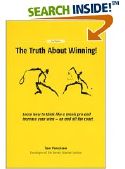
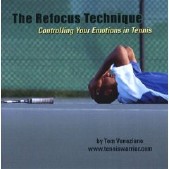
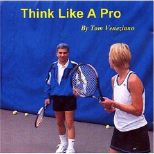
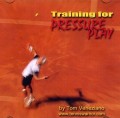



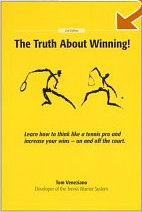
 You will join 13,000 other subscribers in receiving news of updates to the Tennis Server along with monthly tennis tips from tennis pro Tom Veneziano.
You will join 13,000 other subscribers in receiving news of updates to the Tennis Server along with monthly tennis tips from tennis pro Tom Veneziano. 